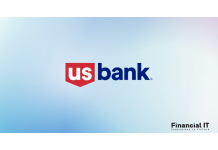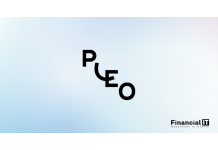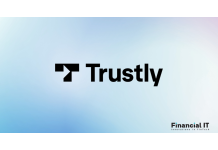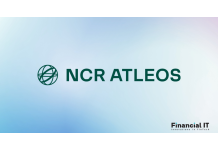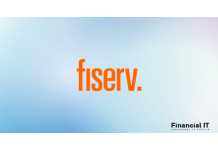FICO Partners With Plaid to Launch Next-Generation...
- 21.11.2025 01:05 pm
U.S. Bank Launches AI-Driven Cash Forecasting Tool
- 19.11.2025 08:25 am
SME Cash Flow Crisis: Nearly Two-Thirds of Invoices...
- 15.10.2025 10:45 am
Pleo Offers Finance Leaders Complete Visibility and...
- 14.10.2025 09:20 am
Trustly Partners with Acres to Deliver Instant, Plug-...
- 09.10.2025 12:05 pm
More Rewards, More Flexibility: PayPal Introduces 5%...
- 07.10.2025 02:15 pm
Moto and NCR Atleos Extend Collaboration, Expanding...
- 06.10.2025 12:35 pm
Fiserv Signs Definitive Agreement To Acquire...
- 30.09.2025 12:25 pm
Pleo Launches Embedded Finance Solution, Giving...
- 25.09.2025 09:25 am
Almost Half of Britons Report Better Cash Access One...
- 22.09.2025 10:55 am
Communities Use Rules to Successfully Maintain Access...
- 18.09.2025 01:35 pm
Insignis Unveils New “Forever” Cash ISA, Simplifying...
- 08.09.2025 10:35 am



